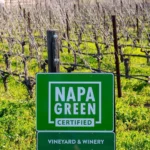21 years of being green
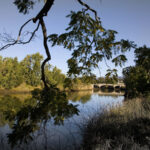
Napa River is Impaired
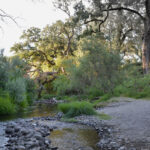
Collaborative Watershed Initiative

Launch of Napa Green Land
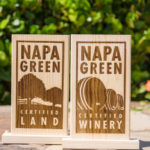
Napa Green Winery established
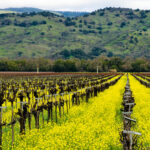
Participation Goals Set
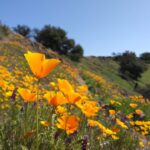
LandSmart Program Recognized

Comprehensive IRAs Launched

Regulatory Alignment

Independent Nonprofit
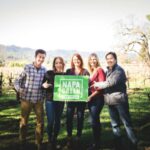
Industry Participation goals

Napa Green Vineyard Certification
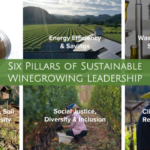
Six Pillars Introduced

Vineyard Program Growth

Climate & Wine Symposium launch

Climate Champion award

MCE Charles F. McGlashan award
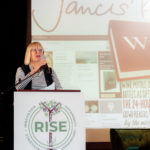
Symposium Expansion & Action

Industry Recognition

Global Leadership

Napa Green Vineyard Milestone

RISE Returns with commitments
HISTORY OF NAPA GREEN LAND
The Napa Green Land (NGL) program was originally developed by the Napa Valley Vintners (NVV) in collaboration with more than 30 local environmental, community and regulatory stakeholders in the early 2000s. Because the Napa River was known to have excessive sediment at that time, NGL was originally developed for participants to meet and exceed environmental compliance standards to prevent erosion and improve the overall health of the Napa River watershed.
Beginning in 2004, NGL functionally acted as an umbrella program that recognized growers who were third-party certified through a program called “Fish Friendly Farming” (FFF), customized for the Napa County regulatory context. In 2016, NGL recognition expanded to include LandSmart, an open-source program managed by the Napa County Resource Conservation District (RCD), designed with similar goals and best practices to facilitate compliance and watershed stewardship.
In 2017, the San Francisco Bay Regional Water Board adopted vineyard Waste Discharge Requirements (WDR), which applied to all Napa and Sonoma County vineyard watershed properties of five or more acres. Both of the pathways recognized by NGL – FFF and LandSmart – provided participating growers with certified farm plans that met the WDR requirements and facilitated this new level of regulatory compliance.
All things must grow and evolve. For over 16 years the original Napa Green Land model did great things to prevent erosion, improve the health of our watershed, and help the Napa River begin to rebound. What were leading practices ultimately became a regulatory requirement. Consequently, it was time for Napa Green to redevelop its vineyard standards to focus on the critical issues of today and tomorrow: regenerative farming, climate action, and social stewardship.
Learn more about the leading standards of the Napa Green Vineyard Certification and Napa Green Winery Certification.

